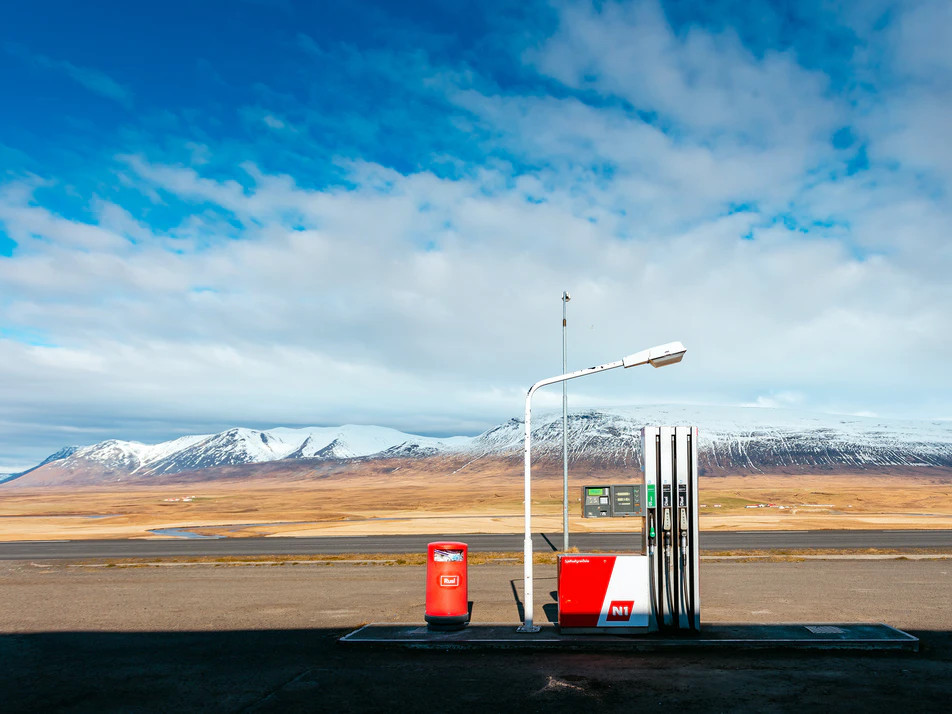Sustainable mobility: Fuels from renewable sources
Using surplus electricity from renewable sources, water, and CO2, Power-to-X technologies can produce synthetic fuels – a promising option for replacing fossil fuels in current combustion engines. The new fuels are particularly suitable for application areas that cannot be supplied solely by electricity in the foreseeable future, such as air and truck transport or shipping. In its National Hydrogen Strategy, the Federal Government therefore mentions so-called PtX technologies as an integral part of the energy transition.
However, there is a controversial discussion about how sustainable the production of synthetic fuels using PtX technologies actually is. Various endogenous influencing factors (within the process, such as the efficiency of individual process steps) and exogenous influencing factors (outside the process, such as the source and cost of incoming electricity) strongly influence the results of the sustainability assessment.
Comparison with alternative technologies
In his doctoral project at ITAS, Manuel Andresh, explores the conditions under which PtX technologies can contribute to economically, ecologically, and socially sustainable mobility. To this end, he creates a reference model for other conventional and innovative technologies, such as bio-based fuels, electric or hydrogen drives. Possible developments in the mobility sector up to the year 2050 serve as dynamic benchmarks.
Building on this, Manuel Andresh investigates the conditions under which technologies for the production of synthetic fuels represent a more sustainable solution. In doing so, he also looks at the potential of international cooperation and supply chains. (31.07.2020)
Further links and information:
- Project description on the ITAS website


